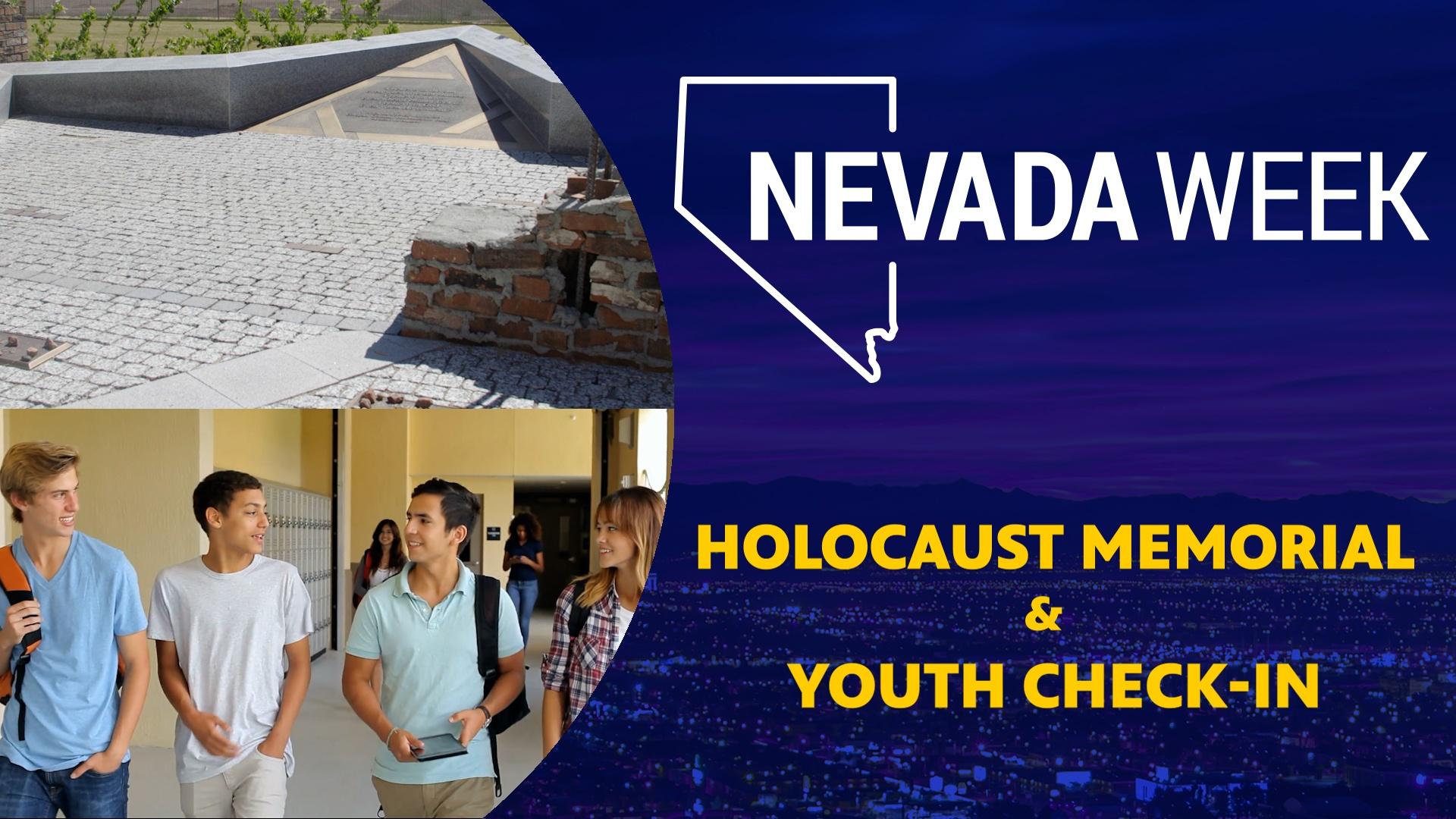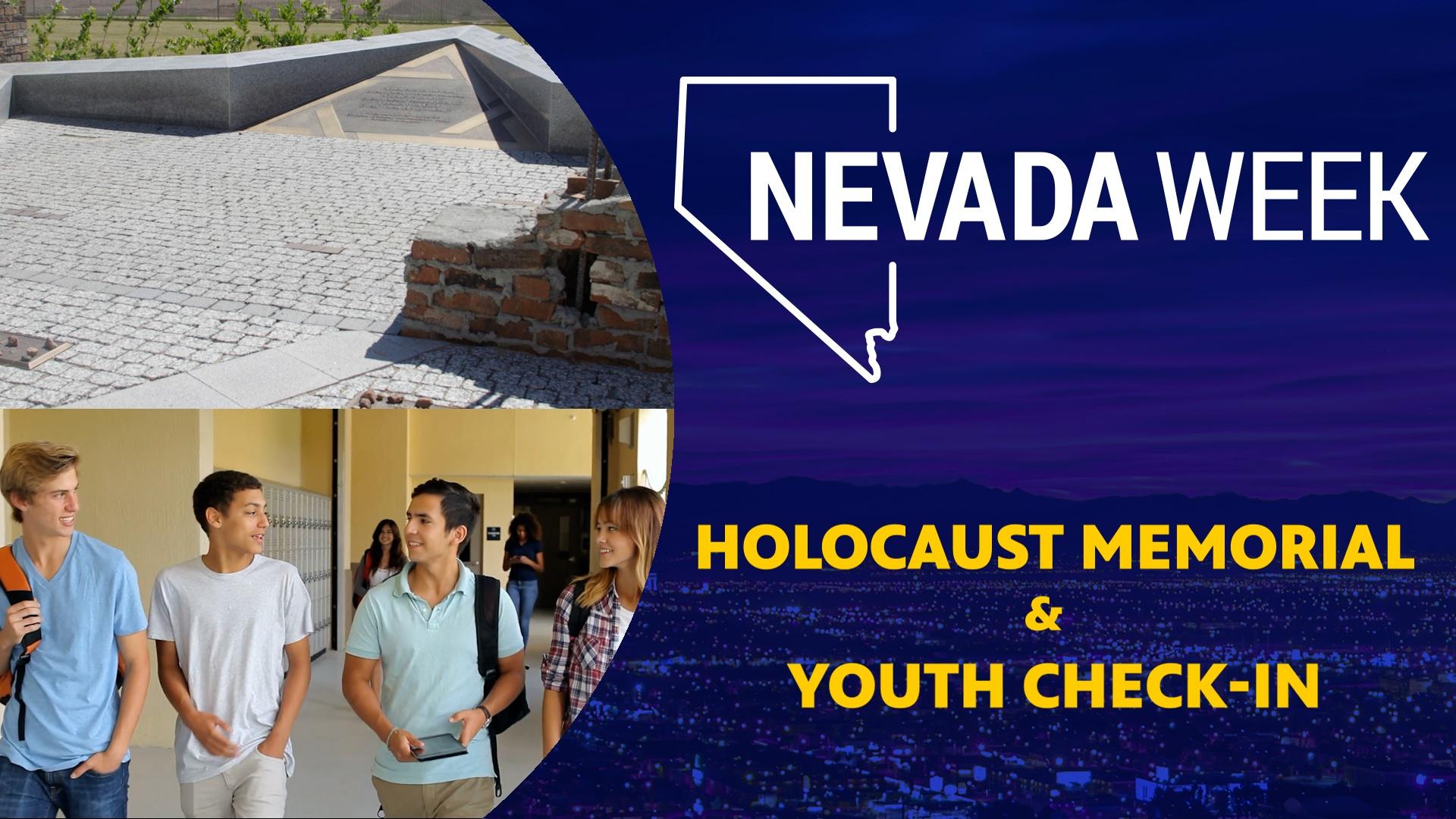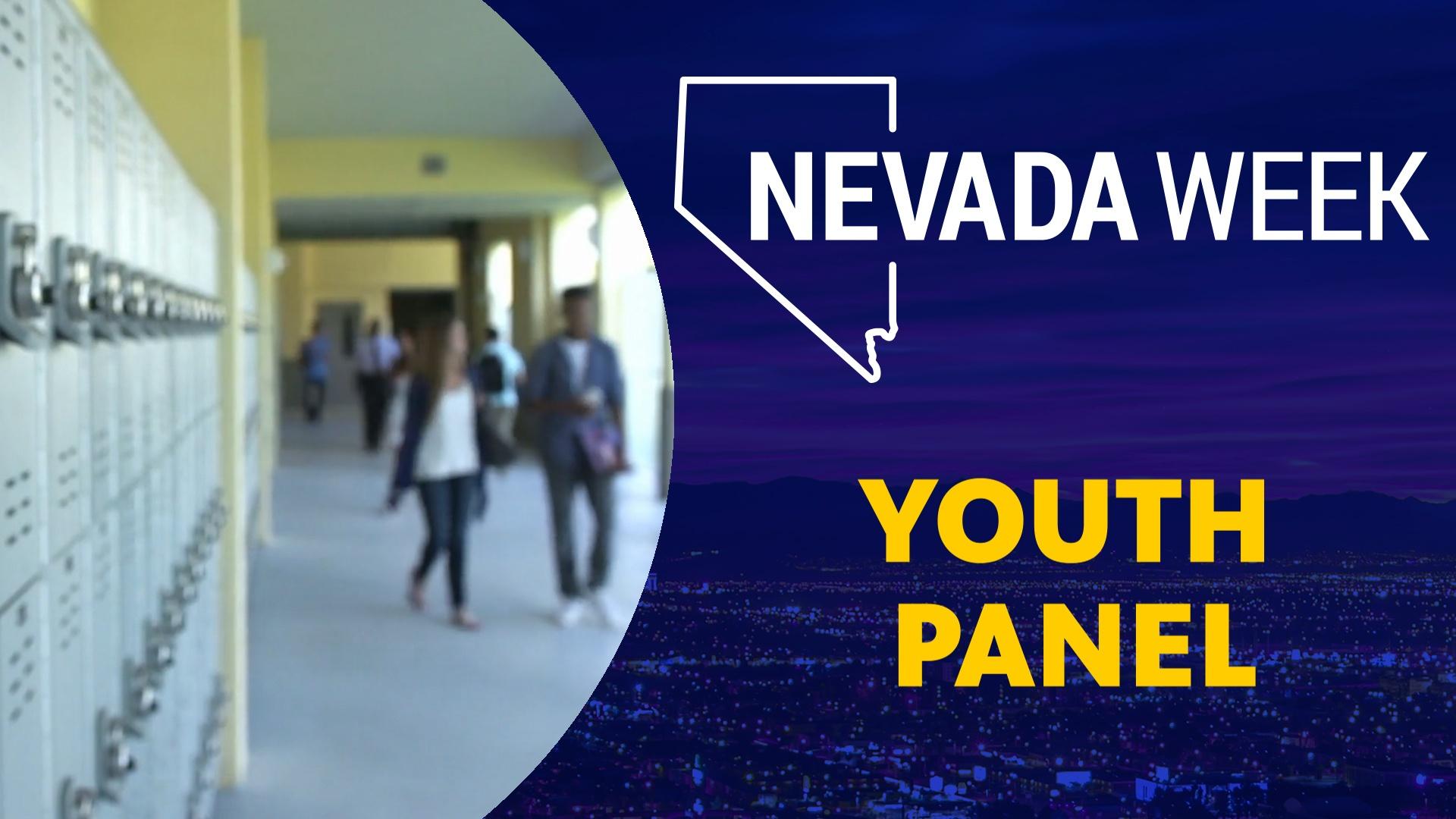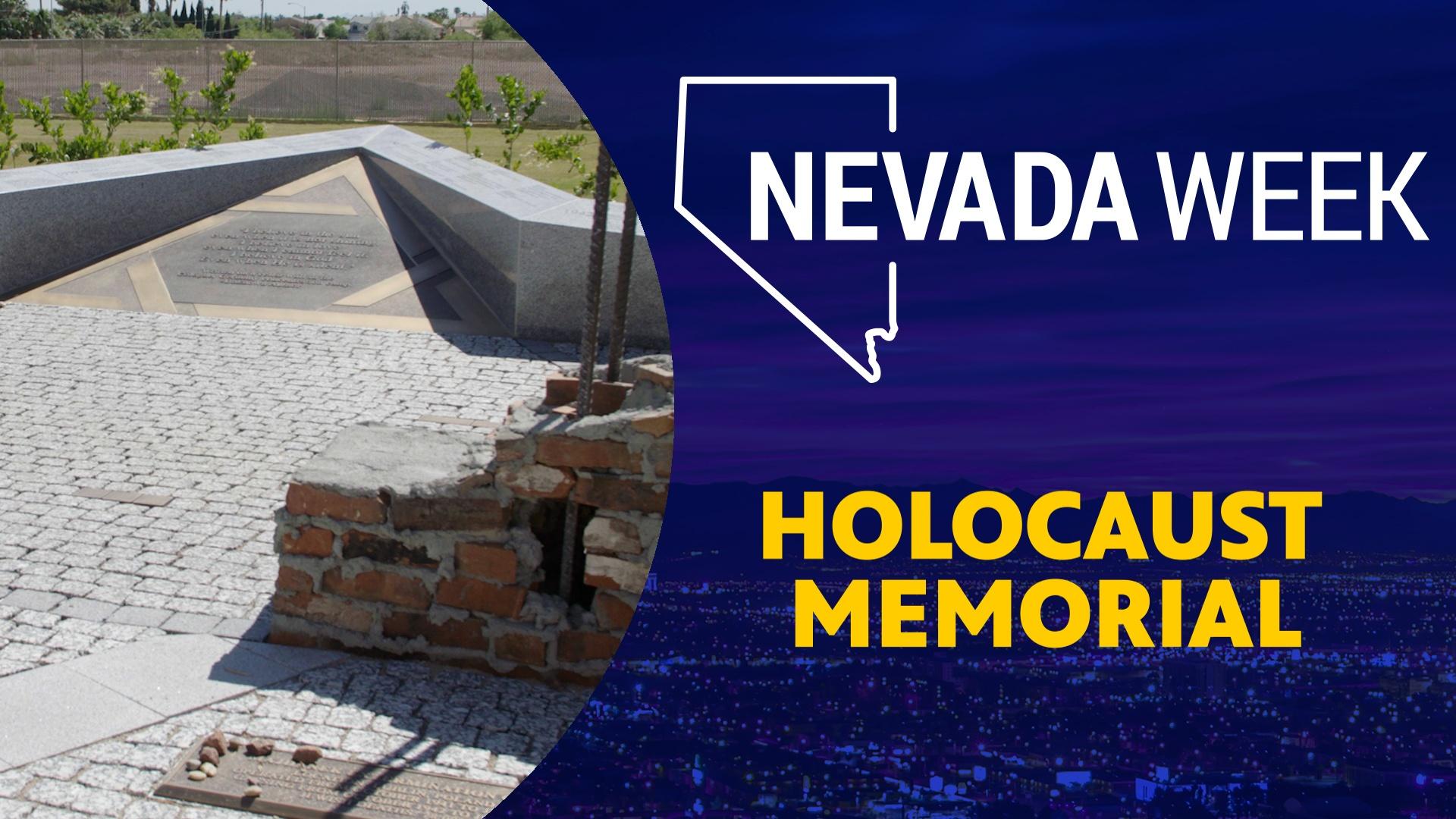Dealing with Trauma, Youth Check-In and Holocaust Memorial | Nevada Week





SEASON 4: EPISODE 46 | Airdate: 5/27/2022
When tragedy strikes, like it did at Robb Elementary in Uvalde, Texas, survivors of similar violence are at risk of once again experiencing severe distress, sometimes called activation.
Dan Ficalora is a counselor at Bridge Counseling. He told Nevada Week that news coverage of traumatic events, like the shooting in Texas, can trigger memories in people who have experienced trauma, especially when the incidents are similar in nature.
He said people who survived the Route 91 festival shooting in Las Vegas on October 1, 2017, may feel like they are back on the festival grounds when they see images from the shooting in Texas. He said even small things like a smell can trigger a response.
Ficalora advised loved ones of survivors to look for changes in behavior. He said someone might isolate more when they’re under stress. He said they may do more or less of something that they normally do and that could be a warning sign.
“If there is a change, call it out,” he said. Ficalora advised that people ask a loved one about the changes in behavior. He said it may not be anything but if it is something to be concerned about it is important to find out.
Bridge Counseling is offering free counseling for anyone who is being triggered by the shooting in Texas. They are taking walk-ins.
The shooting in Texas can also cause distress in people who have not survived traumatic events. It can be especially distressing for young children. Ficalora said it is important for parents to meet their children where they are at when it comes to the shooting. He said if they don’t bring it up or they’re too young to really understand then don’t talk to them about it.
But if they do bring it up and want to talk about it, he said it is important for parents to allow them to talk freely about their fears and concerns. He said that parents should make their home a safe place for their children to talk.
As far as concerns that parents might have about the safety of their children, Ficalora said it is important to focus on what you can control. He said parents should spend less time watching the news coverage of the event and instead focus on checking in with their kids.
YOUTH CHECK-IN
There is no question that the past two years have been hard on our country’s young people and the latest mass shooting only adds to that hardship.
A few weeks ago, Nevada Week talked to some community leaders who are working with Southern Nevada’s youth about the impact the pandemic has had on issues like education and school violence. But we wanted to hear directly from those young people. So we invited some young people from those organizations to join us.
Britney Corzo is a senior at Desert Pines High School. She went through the Jobs 4 Nevada’s Graduates program. Corzo started the program when she took it as an elective in high school. She said the program allowed her a number of opportunities to learn important life skills, including writing a resume and learning public speaking.
“They taught me social skills,” she said, “They taught me how to talk to people formally. How to dress. All these things come from that program. I’m really glad and I’m really thankful to be a part of the program”
Jobs 4 Nevada’s Graduates also helped her get a job and apply for scholarships to UNLV. She’ll be starting at the university this fall.
Jessica Suarez works for Communities in Schools, another nonprofit that Nevada Week featured a few weeks ago. Suarez found Communities in Schools when she moved to Las Vegas from New Mexico. She had dropped out of school, but she decided to walk into Chaparral High School one day. The staff there walked her to the CIS on-campus offices.
From there, the staff at CIS helped her get everything she would need to be successful in school from clothing to food to a couch for her apartment.
“That meant I had less to worry about so I could focus on getting back to my studies,” she said, “Now, I had my junior year and my senior year to do in one year if I wanted to graduate with my class. If it wasn’t for their support it would have been a lot hard to get done”
After finishing high school, Suarez went to UNLV. After graduating with a degree in psychology, Suarez knew she wanted to go back to CIS to help other students like herself.
Suarez now works as a site manager for Communities in Schools at Canyon Springs High School. She said she has seen a lot of kids who have missed out on the social aspects of high school because of the pandemic.
Corzo said she has seen a lot of peers turn to alcohol, drugs and violence as a way to cope with some of the mental health challenges of the past two years.
HOLOCAUST MEMORIAL
A new Holocaust memorial at King David Memorial Cemetery, near Warm Springs Road and Eastern Avenue, is special for several reasons. It is unlike any other in Nevada. It has a plaza that is outdoors and provides a comprehensive history of the Holocaust. And it includes soil from areas in Poland where Nazi Germany ran some of its most notorious concentration camps.
A local rabbi recently returned with that soil after a visit to the Poland-Ukraine border to help Ukrainian refugees.
Behind the King David Memorial Chapel and Cemetery sits the state’s only Holocaust memorial plaza that is both accessible and comprehensive.
“There is a couple of Holocaust products in the community, but they’re not as public as this,” said Jay Poster, found and general manager of the King David Memorial Chapel and Cemetery. “The framing of the memorial is the Star of David, and along the perimeter of the wall is the entire history of the Holocaust movement, from the very first day that Hitler took power. Within the plaza itself, we have what’s called the stumbling stones. They list all the 20 different countries that the concentration camps were housed. So it really shows how expanded the Nazi movement was throughout Europe and also North Africa. The wall that you look at that it looks like it's destroyed. It's supposed to be. It represents two things. It represents the damage to the lives that took place, during that period of time. And all you have to do is look at what's happening in the news today and see what's happening in the Ukraine, and see the damage that's happening to the buildings there. So this is representative of what the Nazis did to the Jewish communities during the Holocaust. As you face the memorial, you actually have six bronze plaques. Listed on the plaques are the amount of people that lost their lives that were gassed in these chambers, as well as the dates and the location of these extermination camps.”
Under those plaques is soil from areas surrounding where those extermination camps once operated. Rabbi Sanford Akselrad, the spiritual leader of Congregation Ner Tamid, brought back soil from a humanitarian trip to Poland, where he and rabbis from across the United States delivered aid to the Ukrainian refugees.
“So very organically, there's a rabbinic discussion group on Facebook. And we talked about a lot of things. And someone said, you know, it's terrible. It's happening in Ukraine, and we should do something,” Akselrad explained, “We raised nearly $800,000. And we brought to over two tons worth of supplies. So I think it was important for us to go there to see firsthand what was happening. And also to be able to come back to our communities and say this is what is going on.”
At the memorial’s dedication in April, the soil was placed beneath the plaques. The small stones that sit atop the plaques have significance as well. Apropos of the thoughtful and precisely planned plot inside Southern Nevada’s only Jewish cemetery.
“One of the traditions of Judaism is really not to have flowers when we visit the grave of a loved one. It is really to place something simple like a stone,” Akselrad explained, “Flowers they come and go but there’s something about dust to dust, earth to earth, and the fact that a stone is a simple statement that someone was here.”
Akselrad said a memorial like this one is important for a number of reasons.
“I did my rabbinic thesis on Holocaust education, how it's taught how it's integrated in public schools around the country, how it's taught, and in Jewish synagogues throughout the country. And the message is always the same, never again,” he said, “But at the same time, when you examine the Holocaust, many people deny the Holocaust. And this is a testimony once again to say the Holocaust happened in Holocaust denial is just another form of anti-Semitism. So I think we need to articulate over and over again, what happened to our people, not only because of its universal message but because it's important for history to be set straight. And for people to understand what happened to the Jewish people, and how it's affected our psyche. Six million of our people died. And we're still working on trying to recover those, those Jews who fell were a very small religion, and maybe even smaller because of the Holocaust.”
Rabbi Akselrad said there is a special connection between Jews and Eastern Europe.
“For Jews, many of them have relatives who lost in this region, whether it was Ukraine or Poland. And so to see this going on in Poland, perhaps there's some redemption here that what did not happen for the Jews is now happening for the Ukrainians,” he said.
